Research Highlights
Research Highlights
A selection of highlights culled from publications by HAO staff.
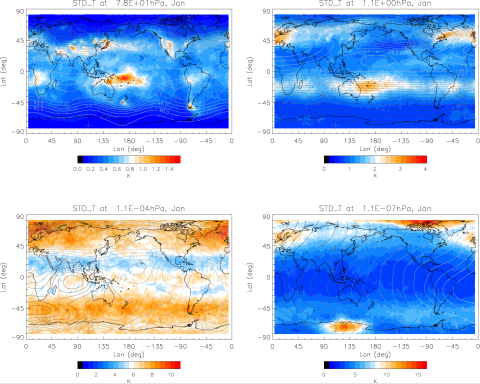
Assessment of gravity waves from tropopause to thermosphere and ionosphere in high-resolution WACCM-X simulations
H.-L. Liu, P. H. Lauritzen, F. Vitt, and S. Goldhaber have developed a high-resolution whole atmosphere model (WACCM-X), which extends from the Earth surface to the upper thermosphere, that can partially resolve the small scale wave quantification.
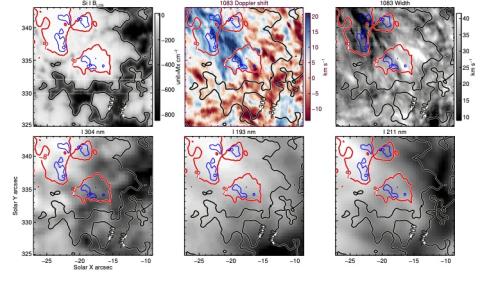
Magnetic fields beneath active region coronal loops
Philip Judge, Lucia Kleint, and Christoph Kuckein use measurements of photospheric and chromospheric magnetic fields from the GREGOR GRIS instrument, to refute the idea that magnetic reconnection of network magnetic fields with granular fields drives coronal heating.
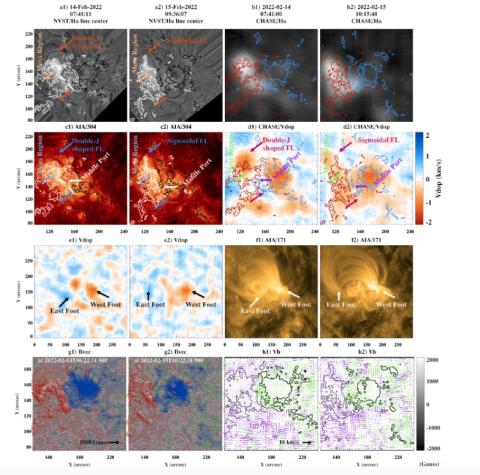
Comprehensive analysis of a filament-embedding solar active region at different stages of evolution
Sarah Gibson, et al. present a comprehensive study for a filament-embedding active region as determined from observations from multiple facilities including the Chinese Hα Solar Explorer (CHASE). The spectral resolution of CHASE is as high as 0.024 ̊A pixel−1, which enables an accurate determination of the chromospheric Doppler velocity that is especially crucial for probing the relative stable structure investigated here.
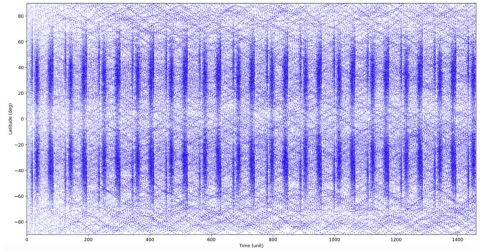
Exploring Spatial and Temporal Patterns in the Debrecen Solar Faculae Database
Anett Elek, Marianna B. Korsós, Mausumi Dikpati, Norbert G. Gyenge, Bernadett Belucz, and Robertus Erdélyi, using data from the Debrecen Solar Faculae Database, investigated the spatiotemporal distribution of photospheric faculae between 2010 May 1 and 2014 December 31. Photospheric faculae are markers of the solar magnetic field, appearing as bright regions along the edges of granules on the Sun's surface.
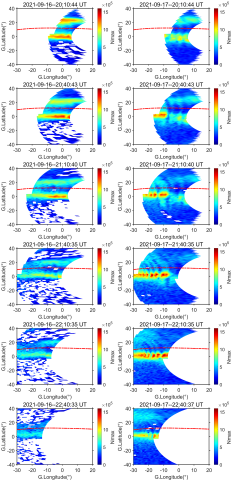
Investigation of the physical mechanism of the formation and evolution of equatorial plasma bubbles during a moderate storm on September 17, 2021
Kun Wu, Liying Qian, Wenbin Wang, Xuguang Cai, Joseph M. Mclnerney investigate in detail the occurrence and evolution of ionospheric equatorial plasma bubbles (EPBs) during a moderate storm on September 17th, 2021, using Global-scale Observation of the Limb and Disk (GOLD) observations and Whole Atmosphere Community Climate Model-eXtended (WACCM-X) simulations.
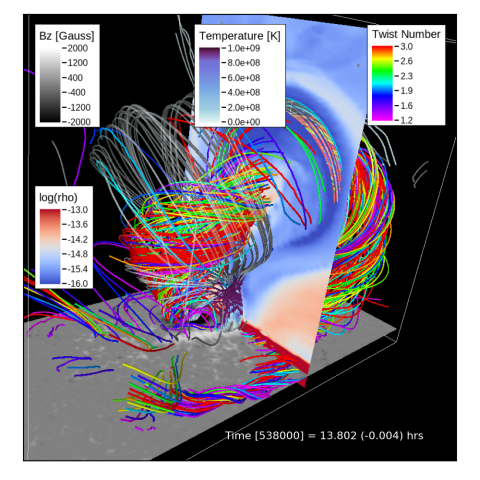
Comprehensive Radiative MHD Simulations of Eruptive Flares above Collisional Polarity Inversion Lines
Matthias Rempel, Georgios Chintzoglou, Mark C. M. Cheung, Yuhong Fan, and Lucia Kleint present a new simulation setup using the MURaM radiative Magnetohydrodynamic (MHD) code that allows to study the formation of collisional polarity inversion lines (cPILs) in the photosphere and the coronal response including flares. In this scheme we start with a bipolar sunspot configuration and set the spots on collision course by imposing the appropriate velocity field at the footpoints in the subphotospheric boundary.
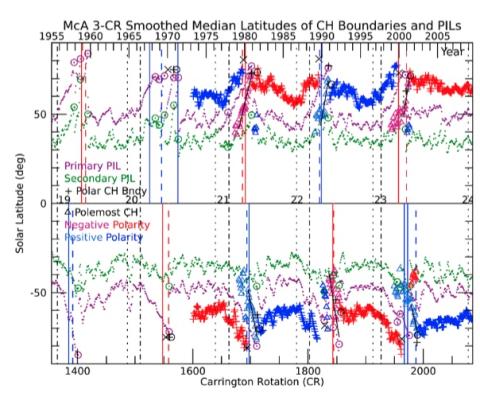
The Polar Field Reversal Process over Five Solar Cycles
D. F. Webb, B. A. Emery, S. E. Gibson, I. M. Hewins, R. H. McFadden , T. A. Kuchar examine the process during which the solar magnetic field reverses polarity around solar maximum using the McIntosh Archive (McA) of solar synoptic maps over five consecutive solar cycles, SCs 19-23 or from 1955 to 2009. This data set permits us to track features such as filaments, polarity inversion lines (PILs), coronal hole (CH) boundaries and sunspots over many consecutive Carrington rotations and solar cycles.
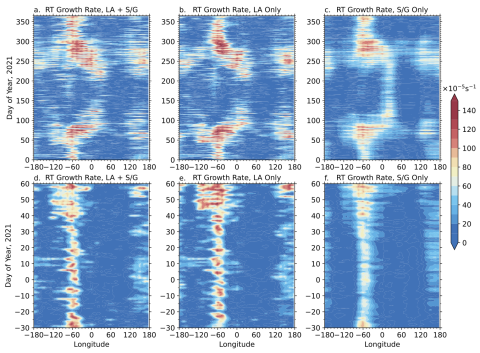
Quasi 6-Day Planetary Wave Oscillations in Equatorial Plasma Irregularities
N. M. Pedatella, E. Aa, and A. Maute explore the influence of atmospheric planetary waves on the occurrence of irregularities in the low latitude ionosphere is investigated using Whole Atmosphere Community Climate Model with thermosphere-ionosphere eXtension (WACCM-X) simulations and Global Observations of the Limb and Disk (GOLD) observations.
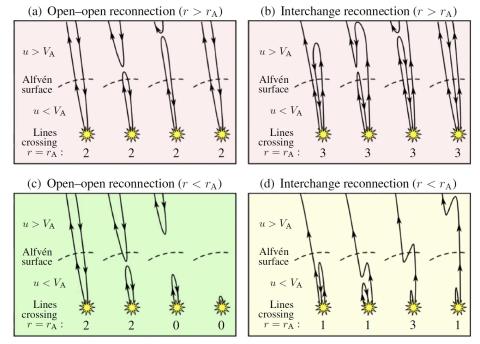
The Sun's Alfvén Surface: Recent Insights and Prospects for the Polarimeter to Unify the Corona and Heliosphere (PUNCH)
Sarah Gibson et al., review the properties of an irregularly shaped “Alfvén surface” surface and discuss its importance in models of solar wind acceleration, angular momentum transport, MHD waves and turbulence, and the geometry of closed coronal loops. We also review the results of simulations and data analysis techniques that aim to determine the location of the Alfvén surface.